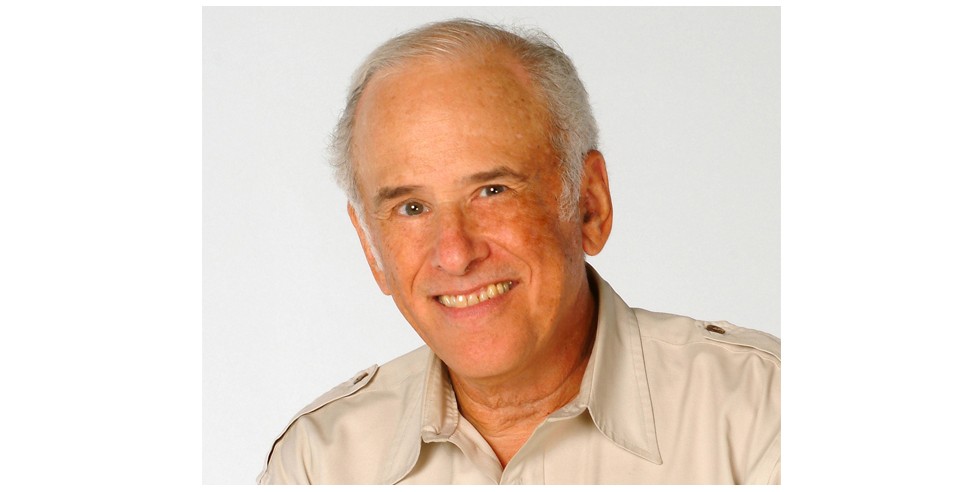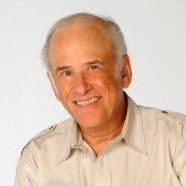
Ok. So, I've been saying how we all should use our DSLRs on MANUAL in order to have more complete control of exposures, saturation, shutter speeds and apertures. Yet, most people just leave their cameras on AUTO because they think the camera will always make a "correct" shot. So, why do manufacturers put a so many other settings on their cameras? Well, believe it or not, there are actually times when AUTO settings might come in handy.
- If you are covering a fast-moving event and you don't really have time to figure out precise exposures, you may want to consider just putting the camera on AUTO and shooting quickly.
- If you know that you are shooting sports or other action events and you know that you want to use a fast shutter speed, you might put the camera on Tv (Shutter priority) and let the camera figure out the correct aperture for you.
- If you want very shallow depth of field so that backgrounds are blurry, you would want to put the camera on Av (Aperture priority) so that you could pick the f/stop you wanted and the camera would figure out the shutter speed for you.
- Any time you find yourself in a position of not having the time or not wanting to shoot slowly and deliberately, the AUTO functions of your DSLR come in quite handy.
It's convenient to use our cameras in these ways providing that we know what we are doing and not just use the AUTO setting as a crutch. You need to make a conscious decision to shoot on AUTOMATIC. Remember, in the days of film, photographers had to think much more about exposures than they do now. So, today's advances in digital technology don't relieve us of that burden. We still should think about what we are shooting and how we want to record it.
Here is a series of shots all of the same exact scene but each using a different camera setting:
1. Camera set on full AUTOMATIC. The exposure it picked was f/6.3 @1/160th of a second:

2. For the second image I set the camera on PROGRAM (P) and it picked an exposure of f/8 @ 1/250th of a second:

You can begin to see some differences already, just between the fully AUTO setting and the PROGRAM setting. This one is less washed out and has a bit more depth-of-field.
3. The third image was shot at f/11 @ 1/100th of a second in Tv mode (shutter priority). It chose the shutter speed and the aperture followed:

This one is close to the one above but has a bit more depth-of-field.
4. The fourth image was shot in Av mode (where I chose the aperture and the camera picked the shutter speed. f/7.1 @ 1/250th of a second. This exposure is identical to the one before it because f/7.1 (approx f/8 is about one stop more than f/11, but the shutter speed went from 1/100th of a second to 1/250th, which is about one stop less. So, both exposures should be about the same. Here's the proof:

The exposure is pretty good, but there is just a little less depth-of-field.
5. The final shot was on full MANUAL and I chose f/10 @ 1/100th of a second as the exposure based on all the others:

Here we have a fair amount of depth-of-field and the saturation is just about the same as the other AUTO settings, except the first one.
This test is probably not all that revealing because I didn't have any moving subjects. But it does give you some indication of how you might use your automatic settings. Sometimes the differences between exposures is so slight you need to look at them carefully. You just need to decide what's important in whatever your subject matter. Do you want to stop the action or do you want to have a sharper image? Then, set your camera's AUTO function accordingly. But please do think about it! Don't just use the auto settings as a crutch.









